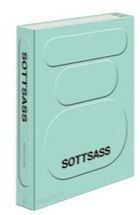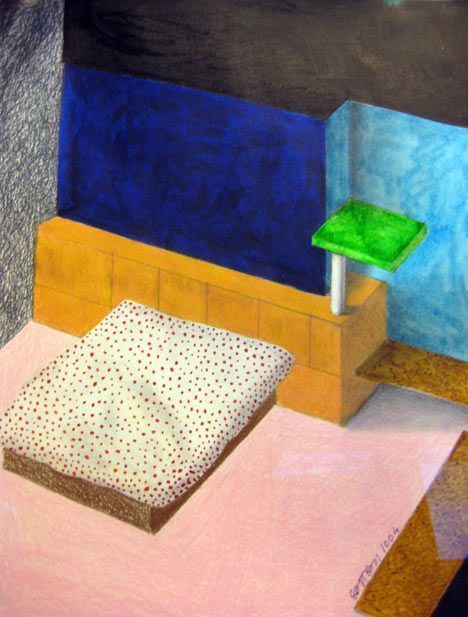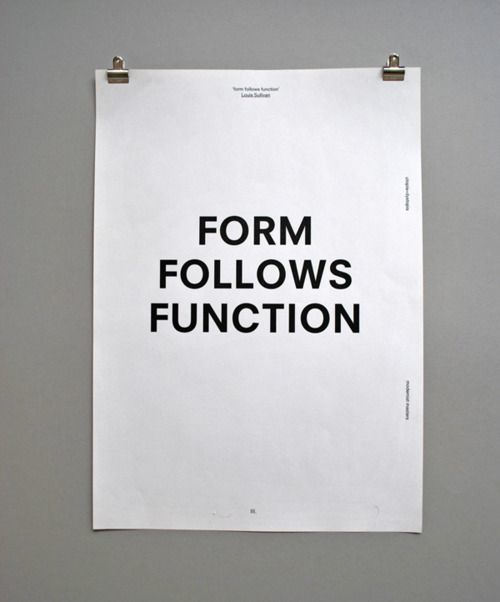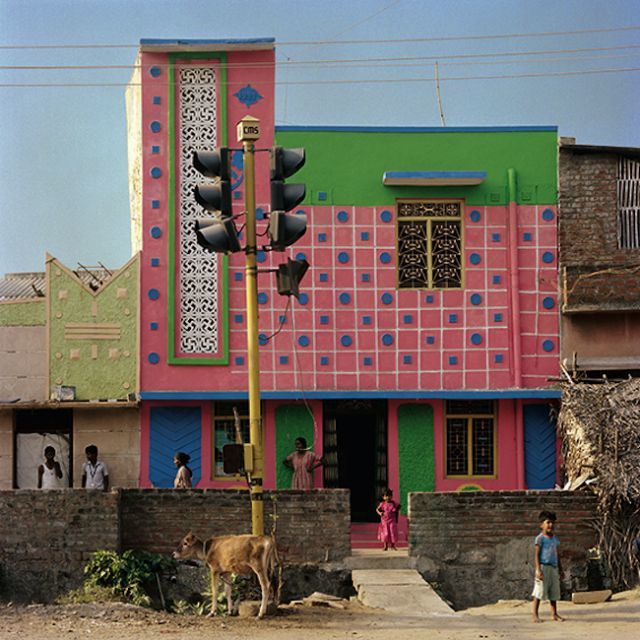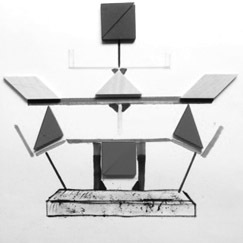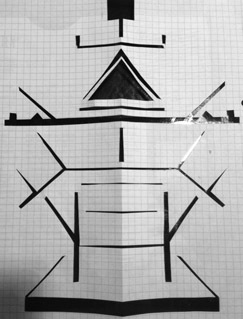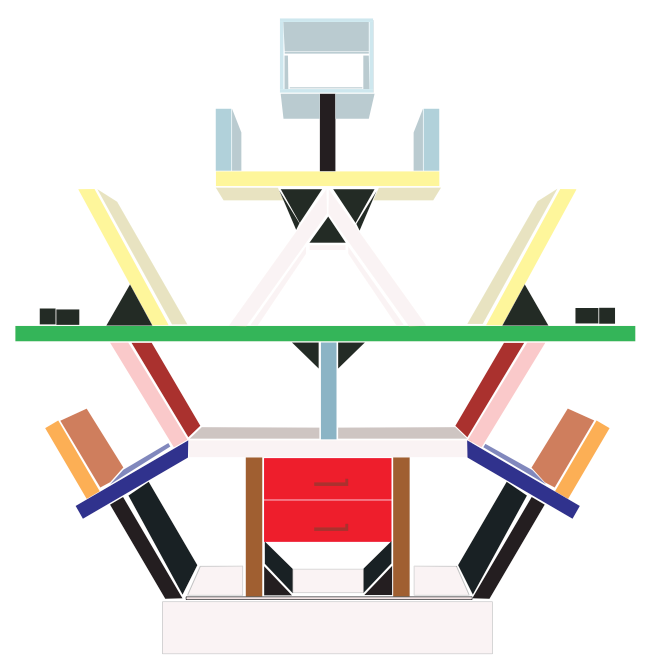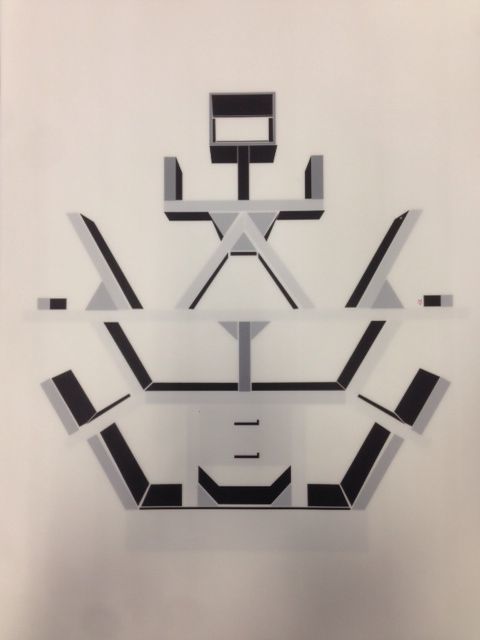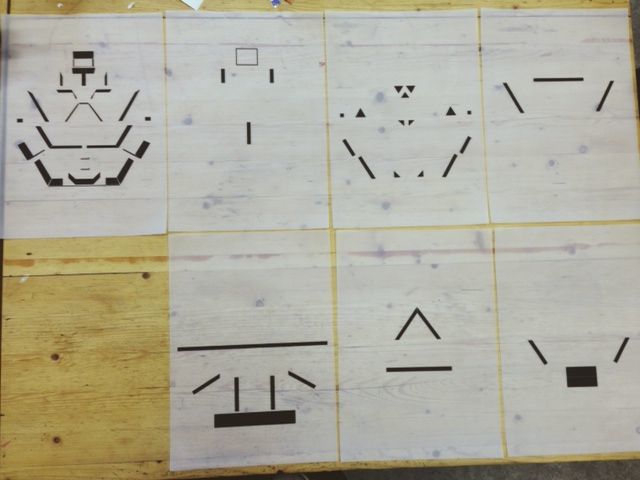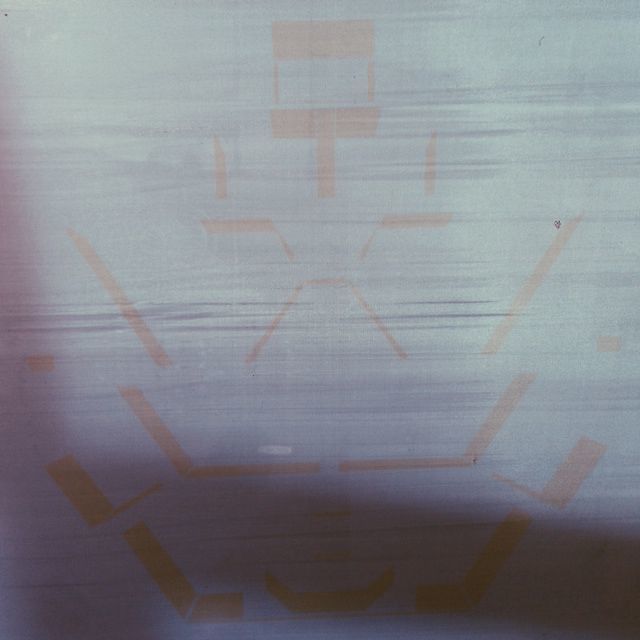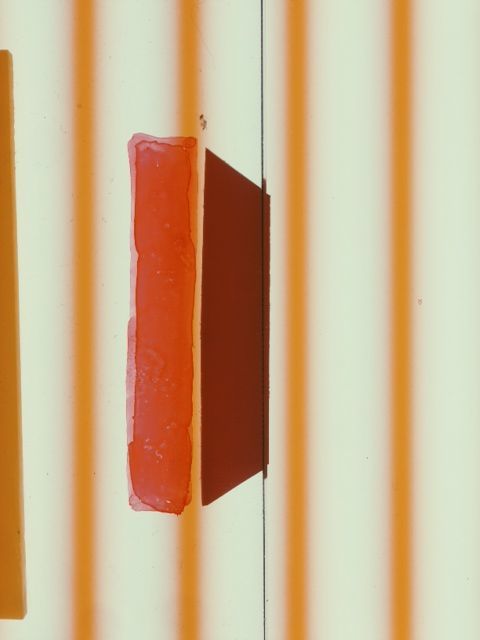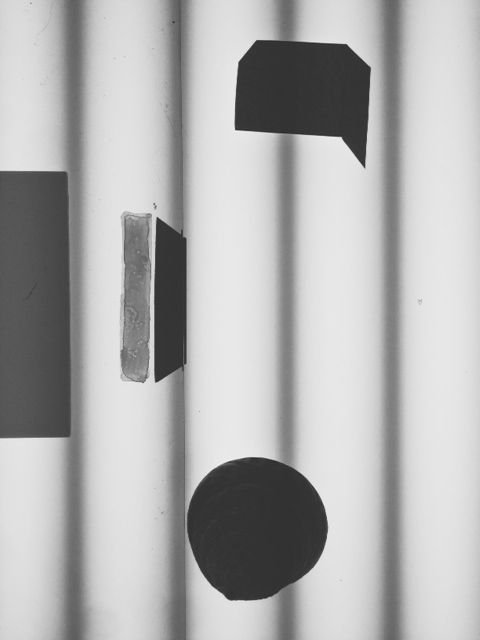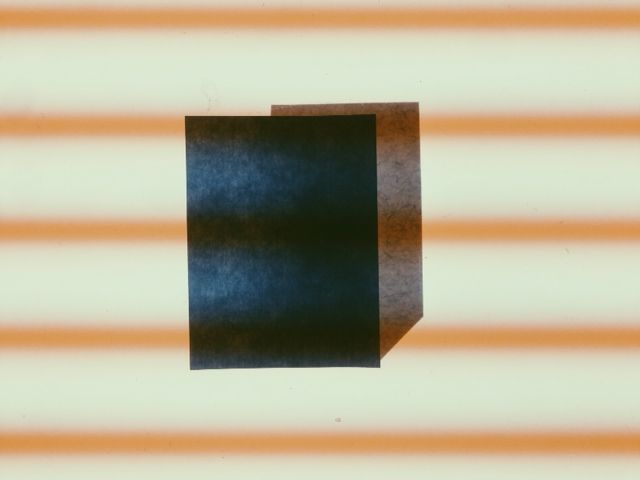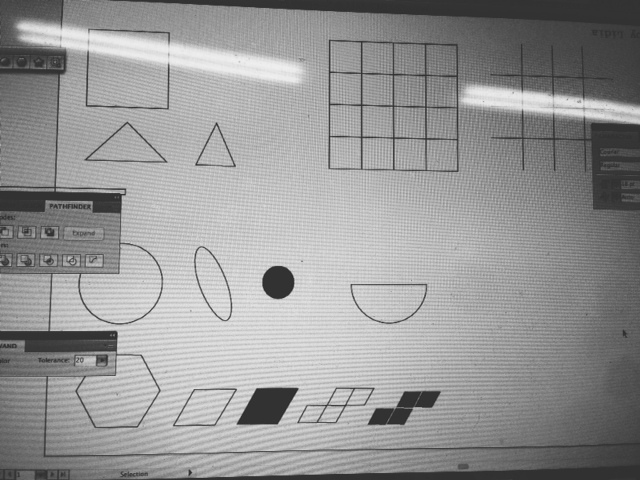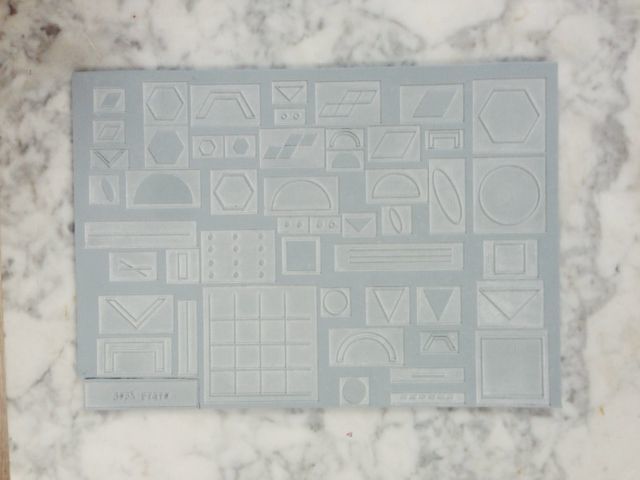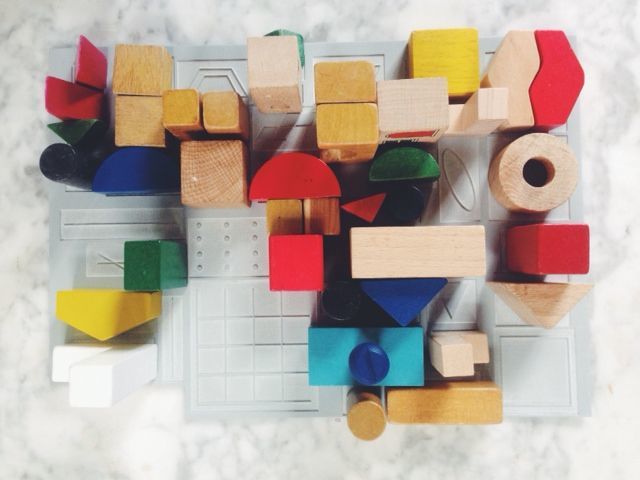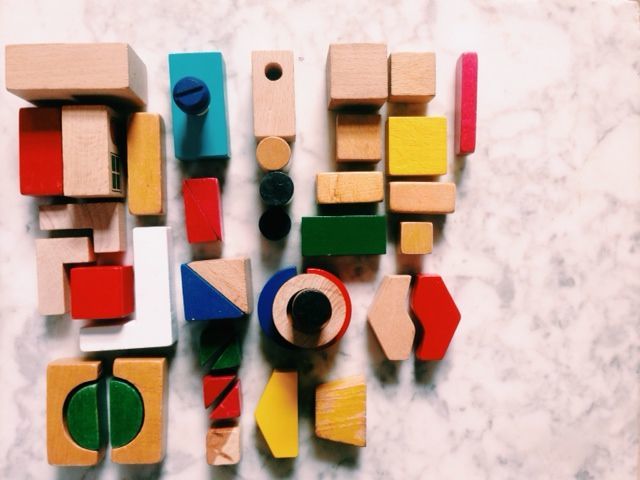Gaby lidia van Deutekom
== RESEARCH! ==
Ettore Sottsass "CARLTON"
If the mid-century Modernists lived by Louis Sullivan’s rule “Form follows function”, the Postmodern designers like Sottsass might say “Why the heck must it function at all?”'
Design: 1981 Production // Size: 195.5 x 190 x 40 cms // Material: wood, laminated plastic
1981 to the present Manufacturer: Memphis s.r.l., Pregnana Milanese, near Milan
POST-MODERNISM
When the Milan design group Memphis gave the first public presentation of their work in September 1981, the Ettore Sottsass room divider “Carlton” was among the most noted pieces. “Carlton” symbolizes essential traits of the style which as a consequence of Memphis became known almost overnight as New Design. Mundane and depthless laminated materials are trademarks of Memphis. Their aseptic, bold superficiality makes them the ideal medium for a new, decorative aesthetic. The iconography of the patterns is the result of blending graphic or geometric structures, imitation marble or wood, African symbols, comic strips, and loud colors. (The base of “Carlton,” for example, shows the first ornamentation designed by Sottsass, the “Bacterio” patterns from 1978).
[[File:Tumblr mvjqa7hWa41qe0nlvo1 1280.jpg]
As in the world of telecommunications, the viewer no longer perceives an object in itself, but rather a medium that catches the eye by virtue of its surface and structure, and which triggers sensory perceptions. Despite their provocative nature, Sottsass designs are always based on precise relationships between individual parts. Thus, the colors of “Carlton” are carefully matched, and the structure is based on the imaginary form of a rhombus.
Ornamentation and construction create a unity conveying the “software,” or the object’s expressive contents. Traditional wall shelving, with its horizontal and vertical structure, is turned into a multipurpose, dynamic, encompassing object that, like a sculpture, claims the right to stand unrestricted in its own space. “Carlton” can be completely dismantled, which is a considerable advantage given its consider-able weight. The anthropomorphic image on the green shelf unit reminds one of a juggler or a totem figure and lends a cultish feel to the furniture. This combination of meaningful symbolism and rampant consumerism is typical for Sottsass, who derives great inspiration from Indian culture. Sottsass left Memphis in 1985, after the group had evolved from an experiment into a commercially successful venture. MK
The receptionist gave me a fax and an odd look. It said, in handwritten capitals: "DEAR ROWAN MOORE… THANK YOU FOR EVER… ETTORE", above a drawing of a dishevelled bed with condoms and discarded underwear on the floor beside. It was from Ettore Sottsass, then approaching 80 years old, who liked a review I had written for the magazine where I was then working, of a book of his photographs. The review had noted his camera's fondness for post-coital beds, hence the drawing.
Ettore Sottsass by Thome, Picchi, King
Buy the book Tell us what you think: Star-rate and review this book Sottsass (1917-2007) is now remembered most as the godfather of Memphis, the design collective whose much-imitated works released a flood of wonky angled, brightly coloured furniture in laminated plastic, striped, polka-dotted and leopard-skinned, on the 1980s. Memphis was launched in a Milan gallery in September 1981, in a near riot of 2,000 people (amazing that furniture can arouse such passions). Its original pieces now sell in auction houses for prodigious sums.
As usual in such cases, the imitators betray the inventors, and actual Sottsass designs from this period have a spirit, a presence and a touch that make their calculated outrages against taste all the more powerful. The copies are plain outrageous. But, as a handsome new Phaidon monograph amply shows, Sottsass was very much more than Memphis. At a hundred pounds sterling and seven pounds avoirdupois, it is both weighty and expensive, but within its pistachio covers and striped endpapers, on pages of varying stock and multiple colours, a life of astonishing richness is revealed. It shows a man whose young, dashing moustache becomes progressively more mournful and perplexed, but whose appetite for life never diminished.
Sottsass soldier Sottsass in uniform, c1944. Photograph: © Ettore Sottsass and Barbara Radice, courtesy Studio Ettore Sottsass Born in the Dolomites to Italian-Austrian parentage, Ettore Sottsass was a designer of furniture, buildings, ceramics, graphics, textiles, lights, jewellery and electronic products. He was a (not very good) painter, sculptor, writer and publisher of magazines. He was a voracious taker of photographs and maker of drawings. In the second world war he was an unwilling soldier on the wrong side, stationed in Montenegro. Early in his career, broke, he would "work through the night" to create "stands for a vermouth advertisement, to earn a few lire while consumed by deep boredom".
In the 1960s he had a fruitful collaboration with Olivetti, in which he created typewriters for the electronics corporation, and Elea, a computer as elegant as such things could be in the days when they were the size of rooms. At the same time he would make earthenware pots inspired by his interest in tantric art and a passion for Indian culture. He hung out with Beat poets in California and took Allen Ginsberg on a speaking tour of Italy, where the writer was at one point charged with indecency.
Sottsass typewriter Valentine typewriter, 1969, for Olivetti. Photograph: © Erik & Petra Hesmerg, © CSAC Parma/© Studio Ettore Sottsass Sottsass was a social genius. With his first wife, Fernanda Pivano, and with his later lovers, he created multiple circles of extraordinary people, documented by his photographs: Ginsberg, Bob Dylan, Picasso, Max Ernst, Alice Toklas, Chet Baker, Jack Kerouac, Helmut Newton, Robert Mapplethorpe, Alberto Moravia and Ernest Hemingway. And, as he put it: "I like girls and ladies very much."
Common to all of this was a belief that his work should be in unison with the world. For him, it was all interconnected, with his photographs helping to link the personal and the visual, or the human and the material. When he designed a typewriter or an adding machine, his primary concern was not the technology of the machinery inside it, but the physiology and feelings of the person who would use it. When he designed furniture, he was thinking less of the perfection of the object than of the room in which it might sit and of the life that might be going on in that room. "To be an architect," he said, "you have to become very gentle, very calm and extremely sensitive about life."
Sottsass kachina Kachina for Ernest Mourmans, 2004. Photograph: © Ettore Sottsass and Barbara Radice, courtesy Studio Ettore Sottsass He was opposed to standardisation and the modernist tendency to design "like a well-educated schoolboy". He was interested in uncertainty, inconclusion, sensuality, melancholy and pleasure. "Everything must remain possible," he said and: "It must be possible to design instability." He liked "bastard situations", where many factors combined. He saw design not only as the fulfilling of a function, but of proposing ways of doing so: a chair could suggest "a new way to sit", and with it a fragment of a new world.
What this meant in practice, in the physical detail of his multiple works, is harder to define. Colour, pattern and curves are the most obvious but not invariable features, as are a bringing together of unlikely companions of form and material. Also the influence of tribal and popular art – his pieces often carry totemic, ritualistic or erotic suggestions. In his buildings (and although he was better at other things, he always liked to think of himself as an architect before all else) he would favour forms reminiscent of children's drawings or building blocks.
Sottsass
The Carlton room divider, 1981. Photograph: © Ettore Sottsass and Barbara Radice, courtesy Studio Ettore Sottsass
His greatness existed less in individual creations than in the space between everything he did. Some designers, such as Arne Jacobsen or Charles and Ray Eames, are closely identified with celebrated chairs or other pieces. For Sottsass the equivalent might be his Carlton room divider for Memphis, or his Valentine typewriter for Olivetti, but these alone don't explain his fame – it was the work, ideas and life together that mattered.
If he failed at anything it was that he might have overrated the power of objects to change the world. He was part of 1960s counterculture, and suspicious of such things as marketing and consumerism, but as a product designer he was in a business that is mostly about selling things. It was all too easy for his inventions to be sucked into the 1980s orgy of acquisition and display and, again now, to become collectible signs of status. But, if so, his life was a magnificent way to fail.
Sottsass is not only one of the most influential designers of the latter half of the twentieth century but also one of the most paradoxical. While he has had a successful career producing industrial designs for the mainstream corporation Olivetti, for everything from typewriters and computers to office landscapes, he has also been iconoclastic as well, creating strikingly unconventional consumer-oriented objects that challenge the bourgeois audience at which they are aimed to reassess its assumptions of the limits of "good taste."
Between 1981 and 1988 Sottsass and a small international group of like-minded designers who called themselves Memphis, created nonconformist furniture. The totemic "Carleton" room divider is an outstanding example of his Memphis designs. Although intended for a luxury market and of fine workmanship, it is made of cheap plastic laminates rather than fine woods. The vivid colors and seemingly random interplay of solids and voids suggest avant-garde painting and sculpture. Yet, typical of Sottsass, underlying the surface brilliance is an entirely logical structural system, of real and implied equilateral triangles.
Ettore Sottsass, "Carlton" Bookcase/Room Divider, 1981. Milwaukee Art Museum, Centennial Gift of Gilbert and J. Dorothy Palay. Photo by John R. Glembin. Postmodern design is a difficult thing to pin down or describe concisely. It refers to all manner of playful, ornamented, subversive, and/or heady things. The aesthetic is often likened to 1980s popular objects like Swatch wristwatches, but the designer’s meaning often runs much deeper.
For instance, Ettore Sottsass’s Carlton bookcase (1981) doesn’t immediately convey its rich meaning. When we first see it standing boldly outside the 20th-century Design gallery at the Museum, we see that it is brightly colored. We think it seems impractical for book storage. We might find the stick figure silly. Why is this a design classic? Why is it so important that the Museum keeps it on view?
Maybe because Carlton breaks a lot of rules? It is shockingly unconventional for a bookcase.
Carlton is associated with the early 1980s Memphis Group, an association of designers led by Sottsass who flipped the idea of “good design” on its head. Most post-WWII design objects and design theory had been ruled by the idea that there was a right way to do things. A tasteful way. A rational way, determined by a few individual arbiters of taste. These mid-century designs were often beautiful and pleasing, but the effect was also quite sanitary, lacking historical references, multiple viewpoints, or wit. Emerging in the 1960s, and flowering by the 1980s, an alternative idea of a more pluralistic approach took hold. The Memphis designers consciously offered this type of alternative design, and they didn’t care if it was “good” at all.
If the mid-century Modernists lived by Louis Sullivan’s rule “Form follows function”, the Postmodern designers like Sottsass might say “Why the heck must it function at all?”
Sottsass’s bookcase is about ideas. It is paradoxical. Sottsass uses cheap industrial materials (plastic laminate), combined with vivid color (red, green), and ornament (the speckled base) to create an object that is about both the banality and the excitement of the mass popular culture environment of the shopping mall and the Las Vegas strip. On one hand, Carlton is tacky. On the other hand, it is cheerful. On one hand, it is cheaply made. On the other, is was an expensive luxury object purchased only by design collectors.
Another layer of thought to this object, discussed by Glenn Adamson (Victoria & Albert Museum, London) in his recent lecture at the Milwaukee Art Museum, is that this type of design object is about presentation in a photograph. Sottsass knew that Carleton and other wacky postmodern objects wouldn’t be mass produced, but he did know that they’d catch attention and spread in photographs. Perhaps the very meaning of the object, the very design of the object, is to captivate in an image and spread the designer’s idea around the design world. It is an object that exists primarily for a photograph.
For a little more information on Ettore Sottsass, you can visit the Ettore Sottsass exhibition website at the Los Angeles County Museum of Art website.
Also, you might find it interesting that The Metropolitan Museum of Art includes Carleton on their “Timeline of Art History”.
OWN EXPERIMENT/PROJECT/WORK
Experiment with material.
- foam - carbon
Illustrator Carlton 'Replica (1)
Black & white version for screen printing:
Material for the screen print (surface):
Idea for the result presentation:
This week I made a lot of progress. The object that I’ve chosen is a very two-dimensional object and I have struggled to find a way to get in a three-dimensional perspective.
I want to make a two-dimensional replica but I don’t want to get a flat result.
My concept is to make a screen print with 2 windows and 7 layers.
The original object is made with 1 pattern and there are 13 different colors used.
I’ve splitted the shapes in layers with the same colors.
Carlton
'Transformation' (2)



